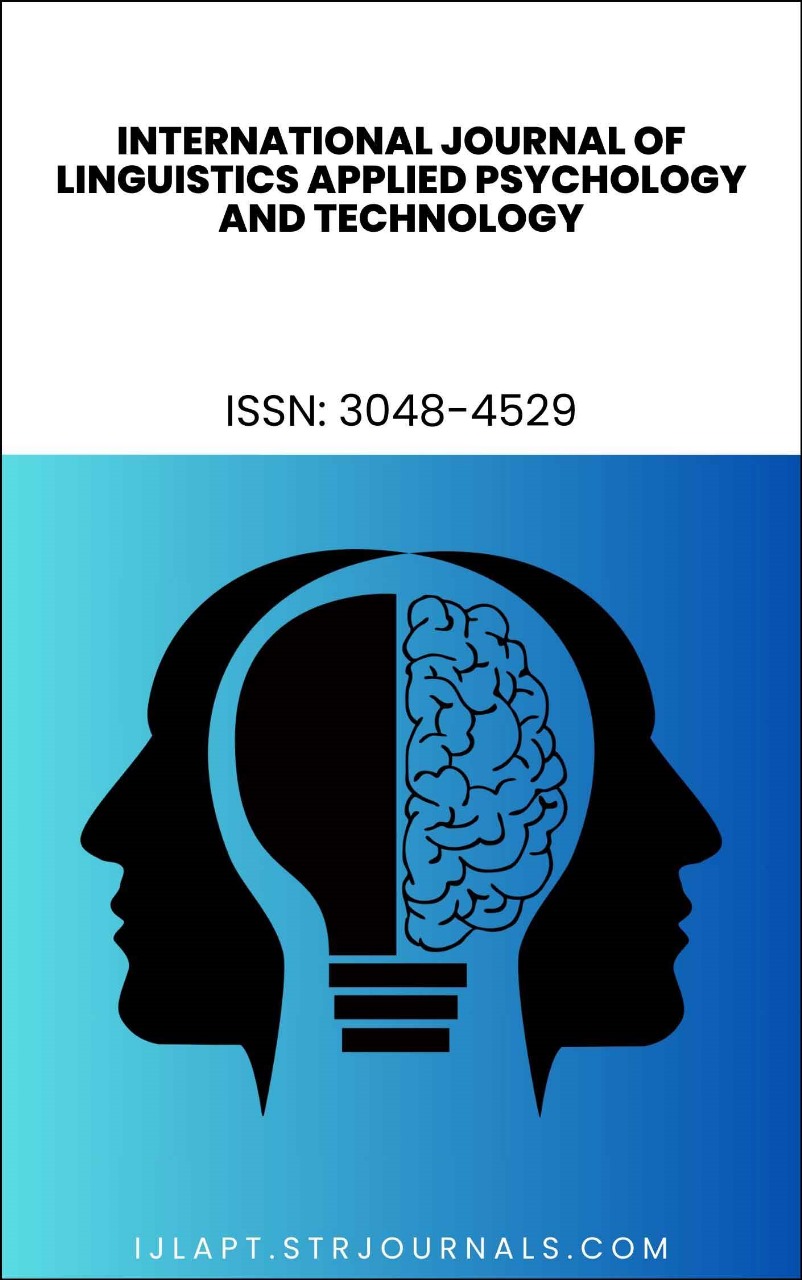Could Compulsive Orofacial Behaviors in OCD Lead to Dental Malocclusion? A Hypothesis on Neurostress Mechanisms and Clinical Overlap
DOI:
https://doi.org/10.69889/ijlapt.v2i08(Aug).132Keywords:
OCD, Neurostress, Clinical OverlapAbstract
Background: Obsessive-Compulsive Disorder (OCD) is defined by intrusive thoughts and repetitive actions. Although the cognitive and emotional aspects of OCD have been extensively examined, the physical aspect—especially compulsive behaviors related to the orofacial region—has not received as much attention.
Objective: This narrative, based on hypotheses, investigates the possible connection between chronic orofacial compulsions in OCD and the progression of dental misalignment and temporomandibular joint disorders.
Methods: A theoretical framework is presented that combines insights from psychiatry, neurology, and dental sciences to analyze how behaviors like jaw clenching, biting of lips or cheeks, and attempts at achieving symmetry may induce structural alterations in dental health over time.
Results: The proposed model indicates that persistent low-level mechanical stress from habitual orofacial actions could contribute to enamel erosion, periodontal damage, changes in occlusion, and joint dysfunction. These outcomes might serve as a physical manifestation of the severity of compulsions and muscle hyperactivity driven by anxiety.
Conclusion: Identifying orofacial compulsions as a somatic expression of OCD could create new avenues for interdisciplinary prevention and treatment approaches. Additional empirical studies are necessary to confirm this association and inform cooperative management strategies between psychiatric care and dentistry.
Downloads
Published
How to Cite
Issue
Section
License
Copyright (c) 2025 All articles published in this journal are lincensed under a

This work is licensed under a Creative Commons Attribution-NonCommercial 4.0 International License.

